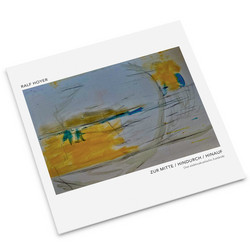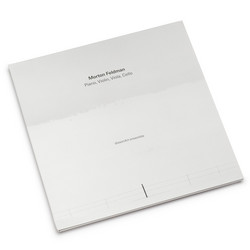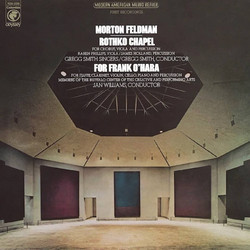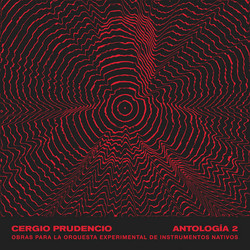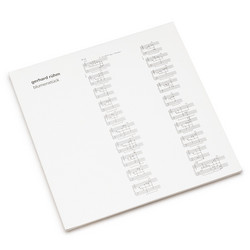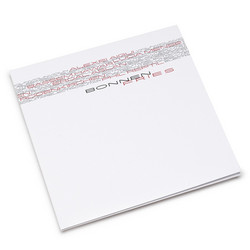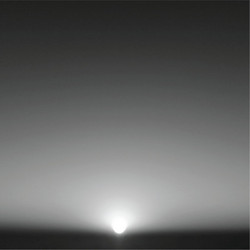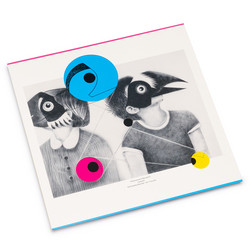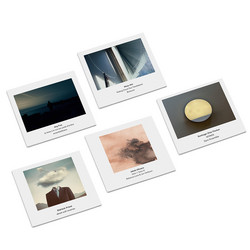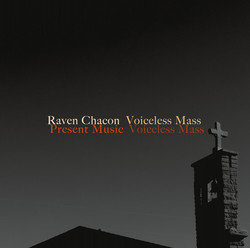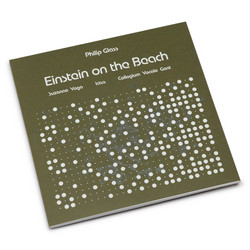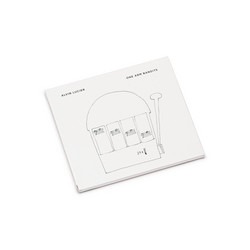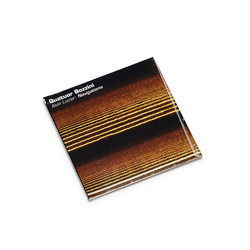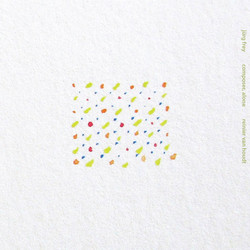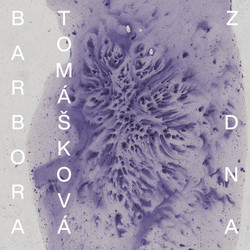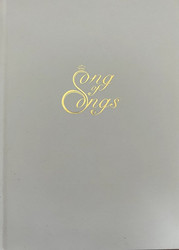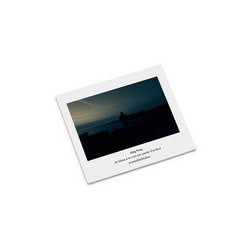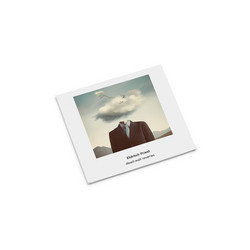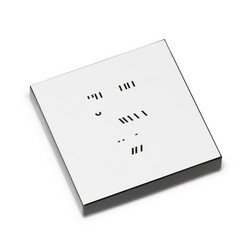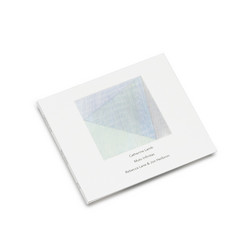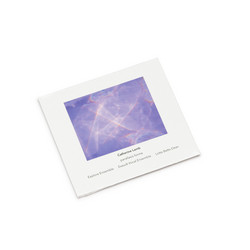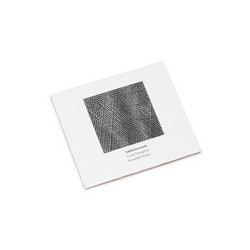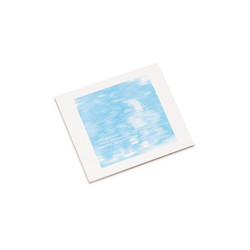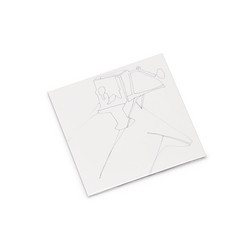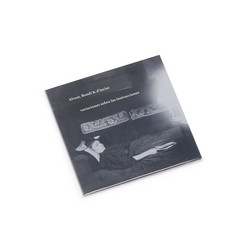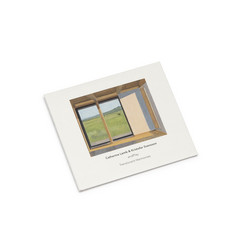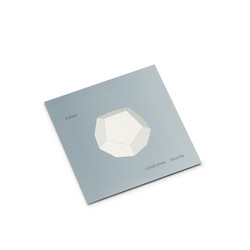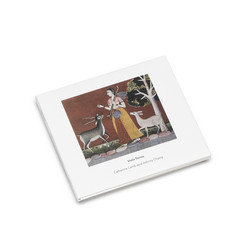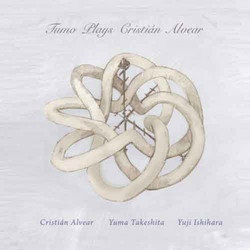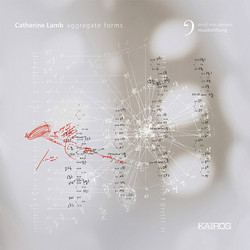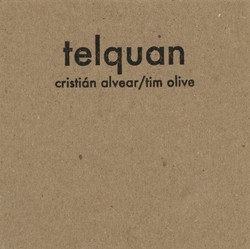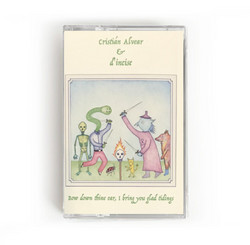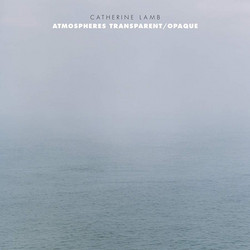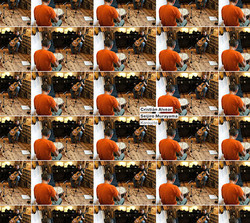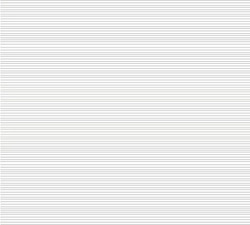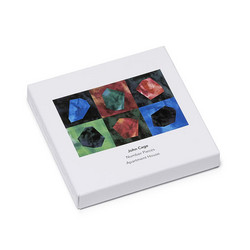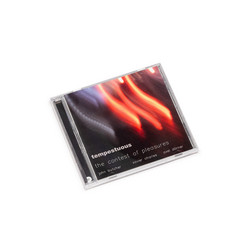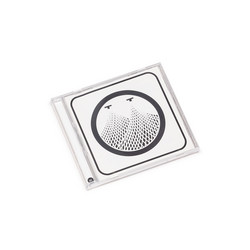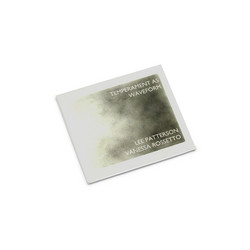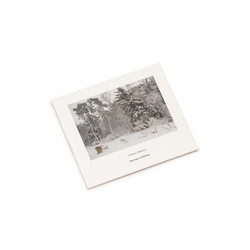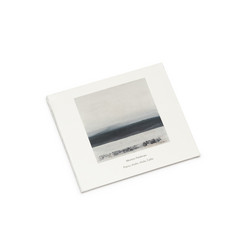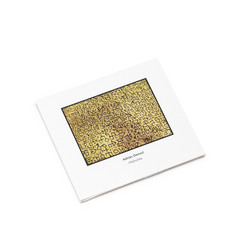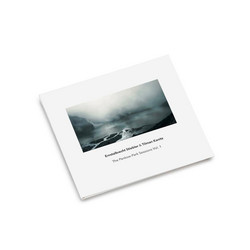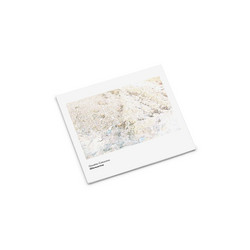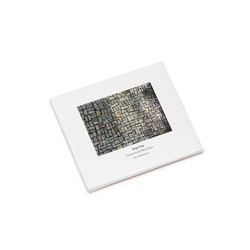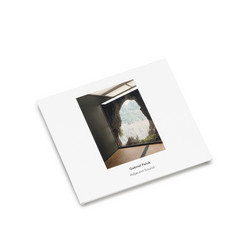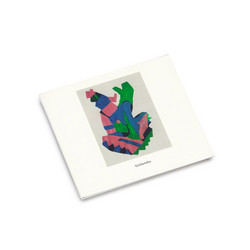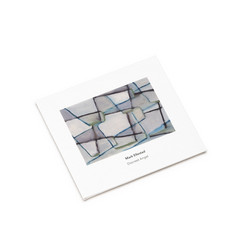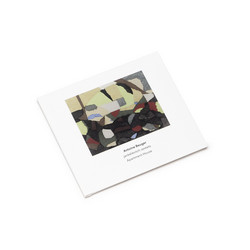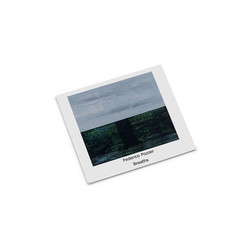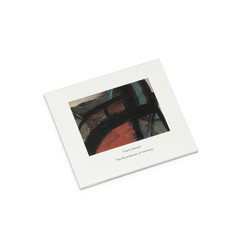Point/Wave represents a rare confluence of precision and open inquiry, as Catherine Lamb’s composition for Cristián Alvear translates the enigmatic condition of sound into tactile experience. Commissioned by Alvear and realized on Another Timbre, Lamb’s score meditates on her signature just intonation, deploying the Secondary Rainbow Synthesizer to generate four environmental chords that breathe around the guitar’s modally tuned strings. The electronics hum and fade - reflecting timbral shifts from the ambient world even as their cycles remain unpredictable to the performer. What takes shape is both spectral and grounded. Lamb’s deliberate exclusion of fifth-based harmonics yields a palette unrecognizable to most ears: intervals built from the 3rd, 7th, 11th, and 31st harmonics inhabit the margins of conventional tonality, producing subtle microtonal undulations. The guitar, tuned to ratios outside standard temperaments, carves out harmonies less from assertion than from emergence, as each elongated cycle hints at an absent fundamental, which may manifest only in the mind of the listener.
The score directs Alvear through open-string harmonics and sparse fretted notes, creating a microtonal lattice whose contours morph subtly with every gesture. Interaction with the electronics - sometimes sourced from processed field recordings - ensures that each performance is unique, anchored in dialogue with the environment. The result is a form Lamb calls “the long introduction,” reminiscent of alap in Indian classical music, yet in Point/Wave, there is no destination - only continuous unfolding. Produced by Giacomo Fiore and Lanier Sammons in a San Francisco studio, the recording prioritizes live interaction, using amplifiers to really make the electronics vibrate in space. Listeners are drawn into a quietly radical exploration: time dilates, the ear adjusts, and focus deepens as acoustic detail and ambient drift intermingle. Point/Wave stands thus as a testament to Lamb and Alvear’s devotion to the possibility that, as form recedes from necessity, attention alone can become an instrument of transformation.
